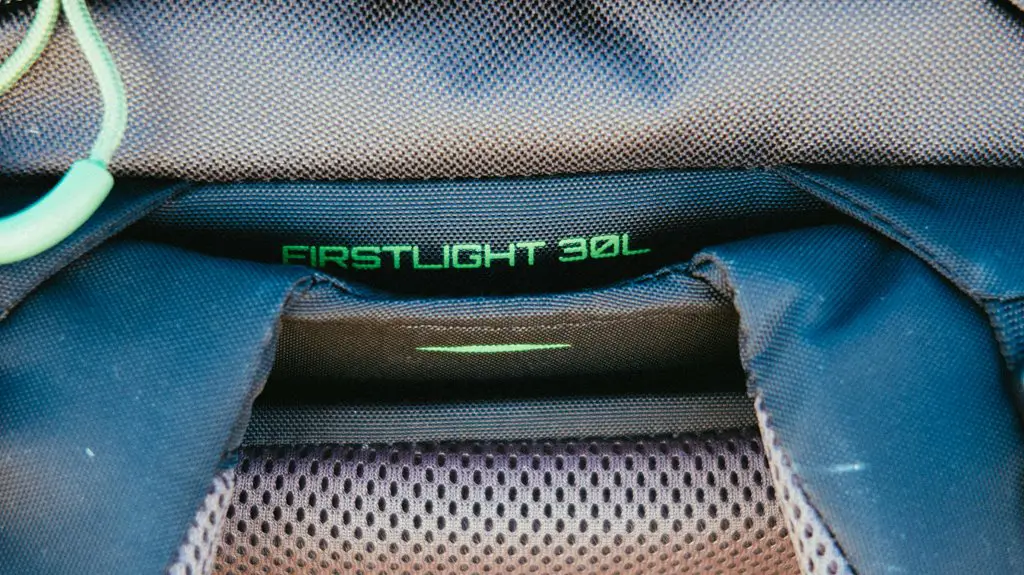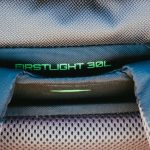When you pick a backpack, durability is probably near the top of your list. Whether you’re hauling books, trekking rugged trails, or maneuvering through airports, the fabric’s strength matters. Some materials handle wear and tear better, while others resist water or abrasion more effectively. Knowing which fabric suits your daily grind can save you from frequent replacements and frustration. Let’s explore what makes certain fabrics stand out for school, hiking, and travel.
Table of Contents
Key Takeaways
- 1000D nylon offers superior durability and abrasion resistance, ideal for heavy-duty school and travel backpacks.
- Ripstop nylon with DWR finish combines lightweight strength and water resistance, perfect for hiking backpacks.
- 600D polyester balances toughness and abrasion resistance, making it a favorite for everyday school use.
- Coated fabrics like PU or TPU enhance water and tear resistance, extending backpack lifespan across all uses.
- Recycled nylon and Cordura provide durable, eco-friendly options suitable for school, hiking, and travel backpacks.
Durability Features of Common Backpack Fabrics
When you choose a backpack, knowing the durability features of its fabric can save you from frequent replacements.
Different nylon types, like 500D or 1000D nylon, offer varying strength and abrasion resistance. Higher denier numbers usually mean thicker, tougher fabric that withstands rough use.
You’ll find that backpacks with fabric coatings, such as polyurethane (PU) or thermoplastic polyurethane (TPU), resist water and stains better, extending the life of the material. These coatings also add an extra layer of protection against tears and scuffs.
Keep in mind that the combination of nylon types and fabric coatings plays an essential role in how long your backpack will last. Choosing the right fabric based on these durability features guarantees your backpack handles everyday wear without falling apart.
Best Fabrics for School Backpacks
Choosing the right fabric for a school backpack means balancing durability with comfort and style. When you’re carrying school materials daily, you want a fabric that stands up to wear without feeling heavy or stiff.
Polyester and nylon are popular choices because they’re tough yet lightweight. In fabric comparisons, 600D polyester offers excellent abrasion resistance, making it ideal for rough handling and frequent use.
Nylon, especially 420D or 500D variants, provides strong tear resistance and a smooth finish. Both fabrics handle spills well, which is great for school life.
Cordura nylon is another top contender if you want extra durability. Ultimately, focus on fabrics that combine strength with manageable weight and easy maintenance to keep your school backpack reliable and comfortable throughout the year.
Optimal Materials for Hiking Backpacks
Although hiking demands rugged gear, you don’t have to sacrifice comfort or weight when selecting backpack materials. You want fabrics that combine durability, water resistant coatings, and reinforced stitching to withstand rough trails and unpredictable weather. Lightweight nylon and polyester with ripstop technology offer excellent abrasion resistance without adding bulk. Look for backpacks treated with durable water resistant (DWR) finishes to keep your gear dry.
| Fabric Type | Durability | Weight |
|---|---|---|
| Ripstop Nylon | High abrasion resistance, reinforced stitching | Light |
| Polyester | Moderate durability, good water resistance | Light to medium |
| Cordura Nylon | Exceptional durability, often used with water resistant coatings | Medium |
| Dyneema Composite | Ultra-light, strong, water resistant | Ultra-light |
Choosing these materials guarantees your backpack stays reliable on every hike.
Durable Fabrics for Travel Backpacks
Travel backpacks face different challenges than hiking packs, so you’ll want fabrics that balance durability with style and ease of care. Nylon blends are a top choice because they combine strength with flexibility, resisting tears and abrasions while maintaining a sleek look.
You’ll appreciate how these blends handle everyday wear without sacrificing comfort or appearance. Polyester coated fabrics also shine for travel backpacks, offering excellent water resistance and durability. The coating prevents moisture from seeping in, protecting your belongings during unpredictable weather or spills.
Both nylon blends and polyester coated materials clean up easily, which is perfect for frequent use in airports or city streets. Choosing these fabrics guarantees your travel backpack will withstand the rigors of travel while looking good and staying functional.
Environmental Impact of Backpack Materials
When you pick a backpack, you mightn’t consider how its materials affect the environment. However, understanding the environmental impact can guide you to a more responsible choice.
Look for backpacks made from fabrics with sustainable sourcing—materials harvested with minimal harm to ecosystems and reduced carbon footprints. Fabrics like recycled nylon or organic cotton often fit this bill.
Also, pay attention to recyclability considerations; backpacks designed to be easily recycled at the end of their life help reduce landfill waste. Avoid synthetic fabrics derived from non-renewable petrochemicals unless they’ve a recycled content.
Frequently Asked Questions
How Does Fabric Weight Affect Backpack Comfort and Durability?
Imagine carrying a heavy stone versus a feather in your bag. Fabric weight influences comfort balance—you’ll want durability without the burden. Heavier fabrics last longer but might reduce comfort, so choose wisely for your needs.
Are Coated Fabrics Better for Waterproofing Backpacks?
You’ll find coated fabrics improve waterproofing by adding layers like polyurethane or silicone. Check coating types and waterproof ratings to guarantee your backpack stays dry, but remember, breathability might decrease with heavier coatings.
Can Fabric Blends Improve Both Durability and Style?
You might think blends sacrifice durability for style, but fabric blends enhance both fabric aesthetics and blend performance. They combine strength and visual appeal, ensuring your backpack looks great while standing up to tough use, rain or shine.
How Do Care and Maintenance Impact Fabric Lifespan?
You’ll extend your fabric’s lifespan by using proper cleaning techniques and applying fabric treatments regularly. Avoid harsh detergents, spot clean stains promptly, and treat with water-repellent sprays to keep your backpack looking and performing great longer.
What Fabric Is Best for Backpacks With Heavy Loads?
You might think any tough fabric works, but nylon types like 1000D Cordura excel under heavy loads. They resist abrasion well, and when combined with smart load distribution, your backpack stays durable and comfortable.





